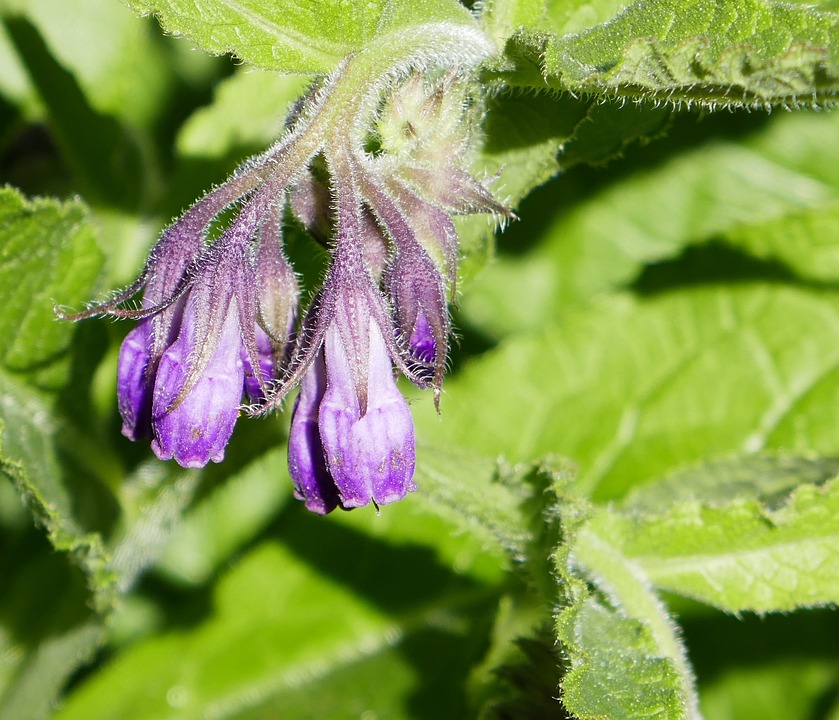Introduction:
Slippery elm (Ulmus rubra) is a tree native to the central and eastern United States and Ontario, Canada. The inner bark of the tree has been used as a remedy for many common ailments, like fevers, wounds, and sore throats.
Uses:
Inflammatory Bowel Diseases
Slippery elm bark is a demulcent. This means that it is capable of soothing the lining of the stomach and intestines and reducing irritation. Demulcents are sometimes referred to as muco protective agents.
Recent studies have shown that slippery elm bark can help treat the symptoms associated with inflammatory bowel diseases like; Crohn’s disease, ulcerative colitis, and irritable bowel syndrome (IBS).
Soothing a Cough and Sore Throat
Slippery elm contains mucilage, a sticky mixture of sugars that can’t be broken down by the human digestive tract. The mucilage coats the throat, so it’s no surprise that slippery elm is found commercially in many brands of throat lozenges. Slippery elm is believed to be an anti-tussive, meaning it’s great for coughs and for symptoms of other upper respiratory ailments like bronchitis or asthma.
Irritation of the Urinary Tract
Slippery elm is sometimes recommended to people who experience unexplained inflammation of the urinary tract, like those with interstitial cystitis (painful bladder syndrome). Slippery elm powder is thought to soothe the lining of the urinary tract. Therefore, it might help alleviate the painful irritating symptoms. Again, studies are needed to either support or refute these claims. As a mild diuretic, it also helps increase the flow of urine and eliminate waste from the body.
Heartburn and GERD
Slippery elm may be helpful for treating occasional heartburn, also known as acid reflux. It’s also considered an herbal remedy for gastro-esophageal reflux disease (GERD).
GERD is a chronic disease that occurs when stomach acid flows back into esophagus and irritates the lining. The mucilage of slippery elm coats the esophagus and may help prevent the irritation and inflammation that occurs when stomach acid flows up the esophagus.
How to use the Slippery elm bark?
The inner bark is dried and powdered. It’s available in the following forms.
- lozenges
- tablets
- fine powder
for making teas and extracts - coarse powder
for making a poultice
Safety of the Slippery elm bark:
Slippery elm is approved for over-the-counter use as a demulcent for soothing sore throats and mucus membranes. However, there have been few clinical studies done to date to test the safety and efficacy of slippery elm bark.
Conclusion:
Slippery elm (Ulmus fulva) has been used as an herbal remedy in North America for centuries. Native Americans used slippery elm in healing salves for wounds, boils, ulcers, burns, and skin inflammation. It was also taken orally to relieve coughs, sore throats, diarrhea, and stomach problems. More studies and research is needed to test its efficacy and side effects.









